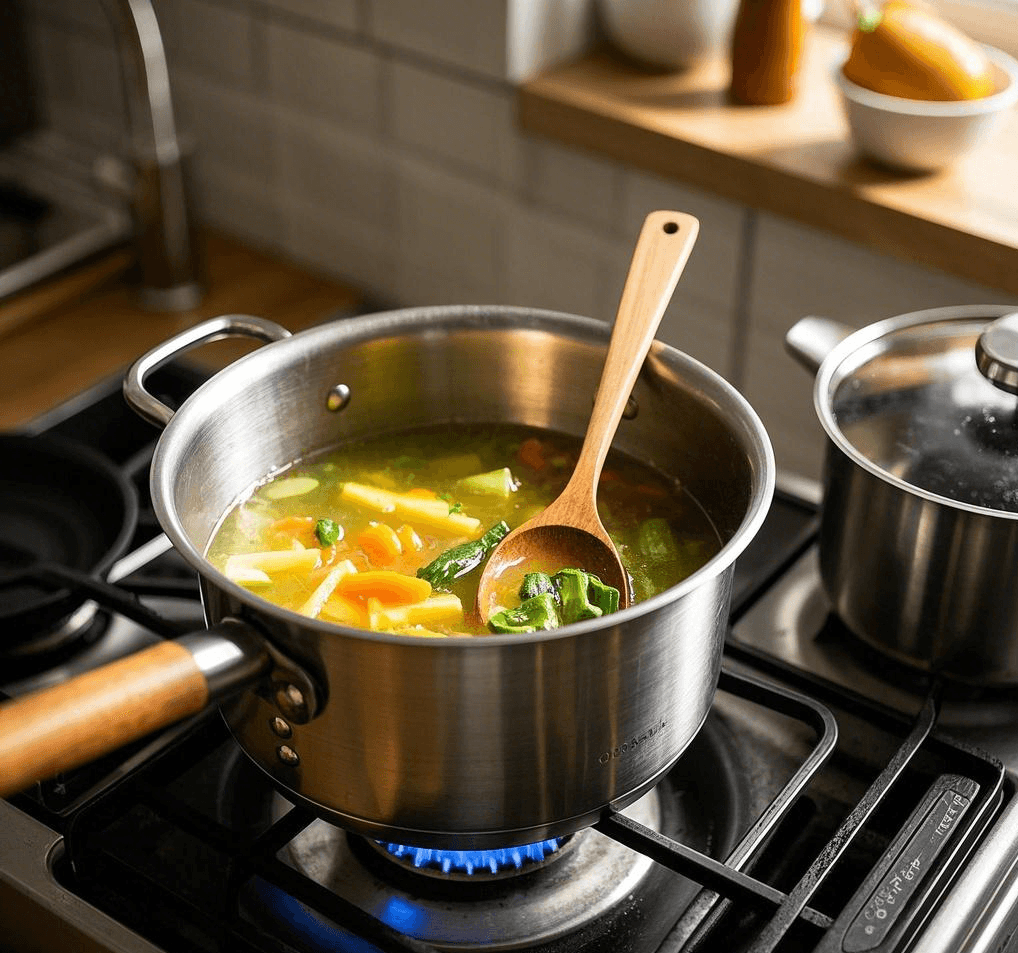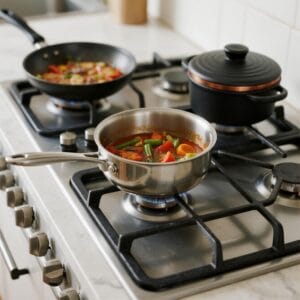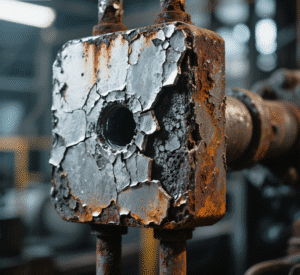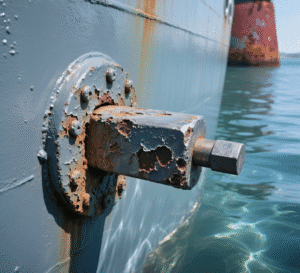Introduction: Stainless Steel’s Non-Reactive Edge in Cooking
Stainless steel, a cornerstone of triply cookware, is prized not just for its durability but for its non-reactive nature, especially when cooking acidic foods like tomatoes or citrus-based dishes. Unlike some metals that alter flavors or leach into food, stainless steel remains neutral—but how does this benefit your cooking? This article explores the advantages of its non-reactivity for preparing acidic ingredients.
The non-reactive nature of stainless steel benefits cooking with acidic foods by preserving flavors, ensuring safety, and maintaining cookware integrity.
Let’s unpack how this property enhances your culinary experience with acidic recipes.
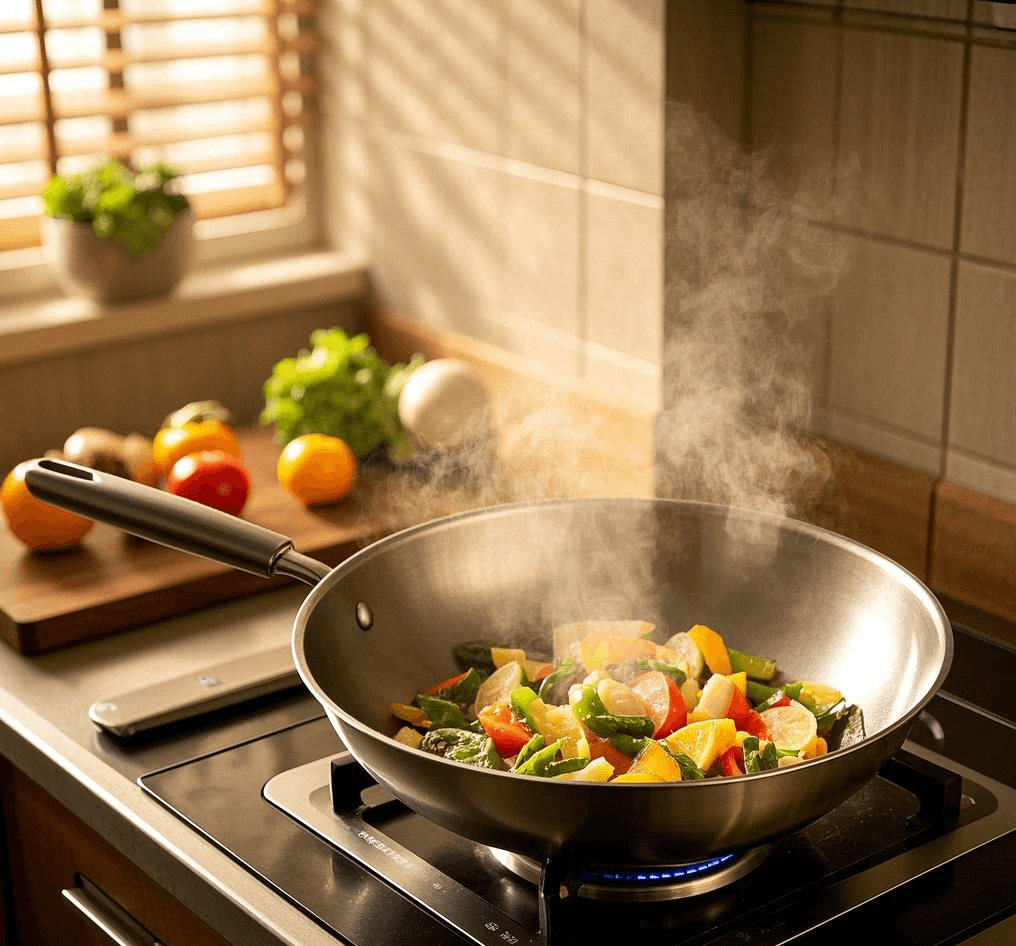
How Does Non-Reactivity Preserve Food Flavors?
Stainless steel’s non-reactive surface ensures that the natural flavors of acidic foods stay intact during cooking.
- No Metallic Taste: Unlike reactive metals like aluminum or copper, stainless steel doesn’t impart a metallic tang to acidic ingredients such as vinegar or lemon juice. The International Stainless Steel Forum notes this as a key advantage.
- Flavor Purity: Cooking tomato sauce or a wine reduction in triply cookware retains the dish’s intended taste without chemical interference.
- Quality Assurance: Triply Circle Titanium emphasizes that their stainless steel layers keep flavors true, enhancing culinary outcomes.
Non-reactive stainless steel safeguards the authentic taste of acidic foods, delivering pure, unaltered flavors.
Why Does Non-Reactivity Enhance Safety with Acidic Foods?
The inert nature of stainless steel makes it a safe choice for cooking acidic foods, minimizing health concerns.
- No Leaching: Reactive metals can leach trace amounts of material into food when exposed to acids, potentially posing risks over time. Stainless steel, especially high-grade 304 or 316, avoids this, as confirmed by studies from Consumer Reports.
- Stable Surface: Acidic ingredients won’t corrode or break down the steel, ensuring no harmful substances enter your meal.
- Cooking Confidence: This safety feature is vital for dishes like marinara or citrus-marinated proteins, where acidity is high.
Stainless steel’s non-reactivity ensures safe cooking with acidic foods, free from contamination risks.
How Does Non-Reactivity Protect Cookware Longevity?
Cooking acidic foods in non-reactive stainless steel helps maintain the cookware’s condition over time.
- Corrosion Resistance: Acids can pit or degrade reactive metals, but stainless steel resists such damage, preserving its smooth surface and structural integrity. The Cookware Manufacturers Association highlights this durability.
- Appearance Maintenance: Triply cookware with stainless steel exteriors, like that from Triply Circle Titanium, avoids etching or discoloration from acidic use.
- Long-Term Value: This resilience means fewer replacements, making it a cost-effective choice for frequent cooks.
Non-reactive stainless steel extends triply cookware’s lifespan by resisting acid-related wear.
What Cooking Techniques Benefit Most from Non-Reactivity?
Certain techniques involving acidic foods showcase stainless steel’s non-reactive strengths in triply cookware.
- Simmering Sauces: Long-simmered acidic dishes like tomato sauce or chutneys thrive in stainless steel, avoiding flavor shifts or pan damage.
- Deglazing: Using wine or vinegar to deglaze a pan after searing works seamlessly, as noted in All-Clad’s tips, without risking reactions.
- Marinating: Stainless steel pans can double as prep vessels for acidic marinades without compromising food or cookware.
Non-reactivity shines in techniques like simmering and deglazing, optimizing acidic food prep.
How Does Stainless Steel Compare to Reactive Cookware?
Compared to reactive materials, stainless steel’s non-reactivity offers clear advantages for acidic cooking.
- Versus Aluminum: Uncoated aluminum reacts with acids, potentially altering taste and leaching metal, while stainless steel remains neutral.
- Versus Copper: Copper, though conductive, requires a lining (often stainless steel) to prevent reactions—triply cookware integrates this naturally.
- Balanced Design: Triply Circle Titanium combines stainless steel’s inertness with a conductive core, avoiding reactive drawbacks entirely.
Stainless steel outperforms reactive metals, making triply cookware ideal for acidic recipes.
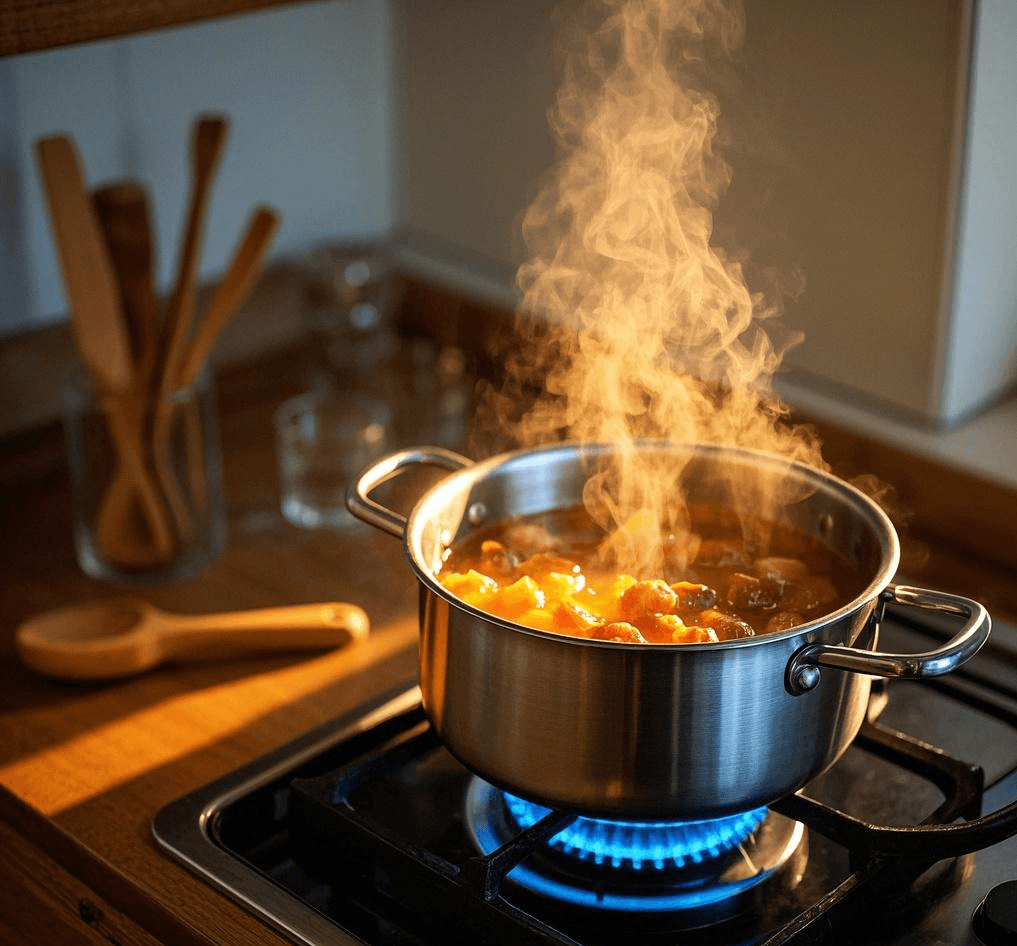
Claim: Non-Reactivity Elevates Cooking with Acidic Foods
The non-reactive nature of stainless steel in triply cookware preserves flavors, ensures safety, protects the pan, and supports acid-heavy techniques—offering a reliable edge over reactive alternatives. It’s a crucial feature for versatile, worry-free cooking.
Conclusion: Embracing Stainless Steel for Acidic Cooking
From my perspective, stainless steel’s non-reactivity is a game-changer for cooking acidic foods, delivering pristine flavors and lasting cookware quality. Brands like Triply Circle Titanium exemplify this benefit in their triply designs as of March 03, 2025. Choosing stainless steel-based triply cookware means you can confidently tackle any acidic recipe with optimal results.

